Internet connections are as vital to our daily lives as our water pipes and electric cables. We just can’t live without them. Most Americans would probably believe that their internet is much faster than what’s available in the rest of the world. After all, we invented the internet, right? Of course we did.
Except in reality the US doesn’t even crack the top 10. Now, while it certainly holds a higher average than Peru’s, I’ve experienced living proof that my internet is faster and better than it is at my mom’s house.
What’s wrong with U.S. internet service?
A lot, it turns out. More than 50% of US homes get their internet service from Comcast (Xfinity), AT&T (U-verse), or Time-Warner (Spectrum). Notice the odd names they give their internet services. Cable companies are universally hated, so they distance themselves.
I wanted to compare my mom’s connection to mine in Peru. The search was harder than those find-the-sniper pictures. All 3 companies buried vital plan details and conditions behind their sign-up process. Both Time Warner and AT&T force you to first check availability.
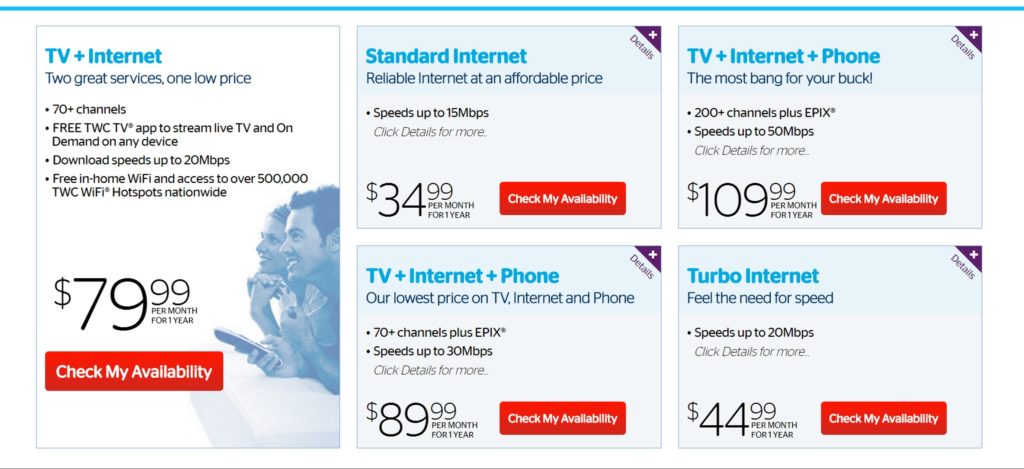
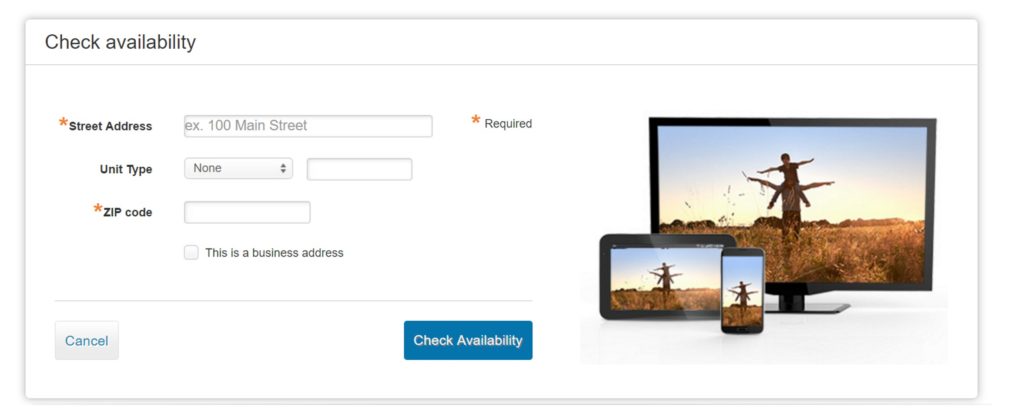
And Xfinity would rather you call

What are US internet companies actually giving you?
All this secrecy brings to mind a simple question: What are you actually getting? If you can’t easily compare options, then the market is unfair. Finally I tracked down my mom’s Xfinity plan. It claims the following:

25Mbps is more than double my connection in Peru, which clocks in at 10. But that “up to” had me wary. You wouldn’t agree to pay Pizza Hut for “up to 8 slices of pizza.” Further below the page are the terms and conditions. Here’s what you get:

Video streaming at my mom’s stutters like a kid who got caught helping his hamster escape. Even Spotify was hiccupping like a bar at last call. Unacceptable. I decided to speed test it.
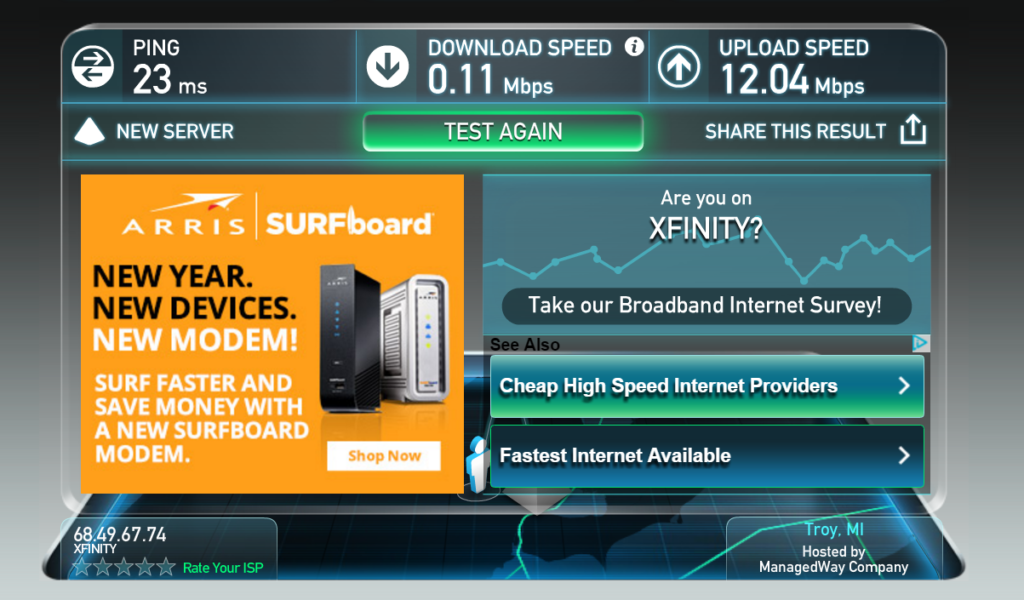
Wow. When they say not guaranteed, they weren’t kidding.
Claro Peru guarantees 40% of my internet speed
First of all, Claro has paid me nothing for this. If they would like to, I would happily accept every penny. Still, I won’t sell my honesty. I have a 10Mbps plan with Claro, and speed tests regularly exceed that number. I get 11 or 12 most of the time. However, Xfinity has more than 10 times my upload speeds. Nice if you’re a Youtube legend.
The download speeds are what matter. In the good ole’ days we uploaded more than we downloaded. That’s because there was nothing up there. Now we need to pull it all down. Downloading video consumes over 60% of all internet traffic (paywall)
Claro Peru’s 40% guarantee is unlike anything the leading US internet providers offer.

The last line says the minimum speed guaranteed is 40% of the amount specified in the contract. It also requires you measure it through Ethernet, just in case you’re in the toilet in the opposite corner from the Wi-Fi. A reasonable demand. So I’m guaranteed 4Mbps, or about 40 times what Xfinity scored on the speed test. In their defense, I’ve tested it other times and gotten 21, 16, 7, and 2. So certainly, sometimes it is faster.
Which is the better daily commuter car? A reliable Toyota or an old Porsche that breaks down every weekend. That’s the difference. And I can still go highway speeds. I regularly stream 720p in Peru without a single hitch. Video games rarely have an issue. And my music doesn’t sound like it’s being played out of a CD player on a bumpy road. It’s 2017. You shouldn’t have this problem. Come to Peru.
And this isn’t just limited to Lima. Since much of Peru had little to no connectivity just a decade or two ago, the infrastructure is often new and in better shape than dated American networks. This means they can handle peak loads better and deliver more consistent service. Furious competition is hiking speeds quickly, as Claro recently offered 16Mbps for the same price as I’m paying now. Looks like I need to make a phone call.
Good thing my phone is included with my internet package.

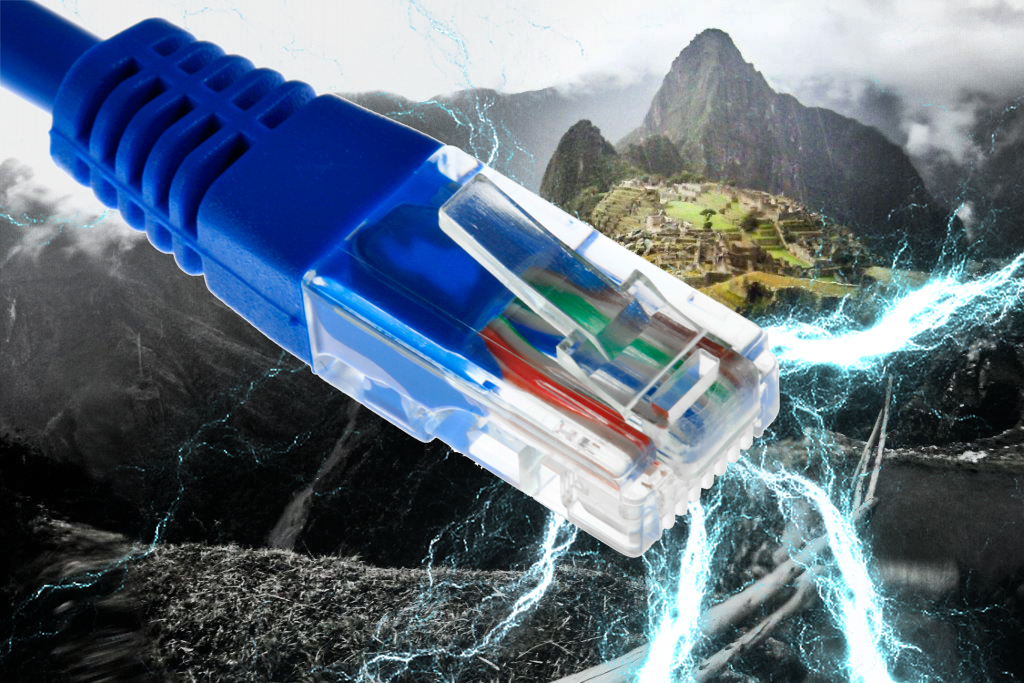
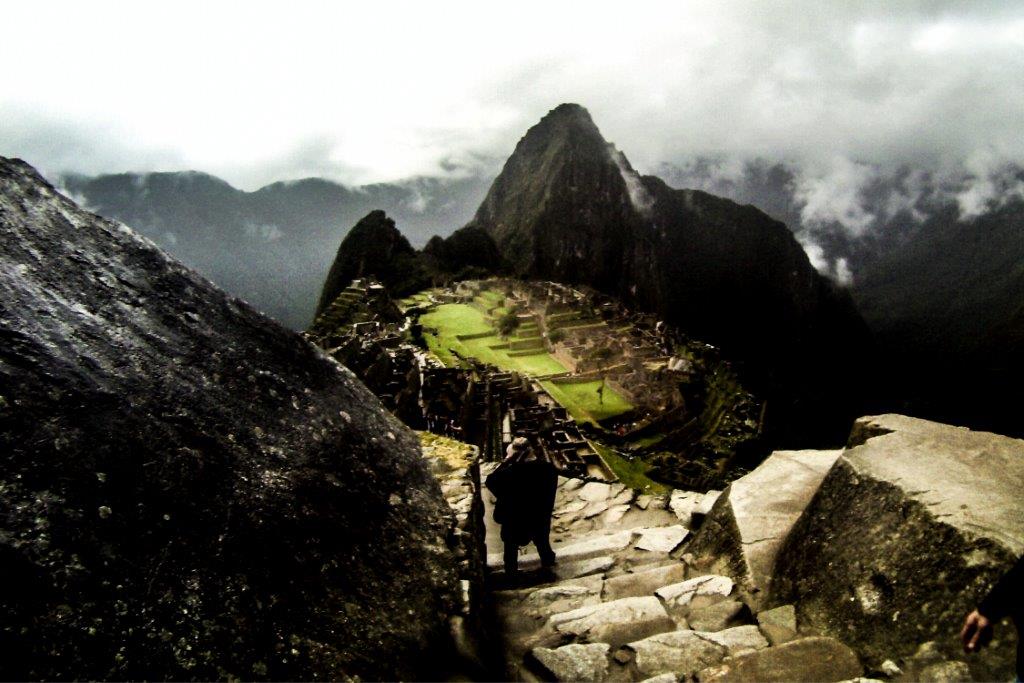
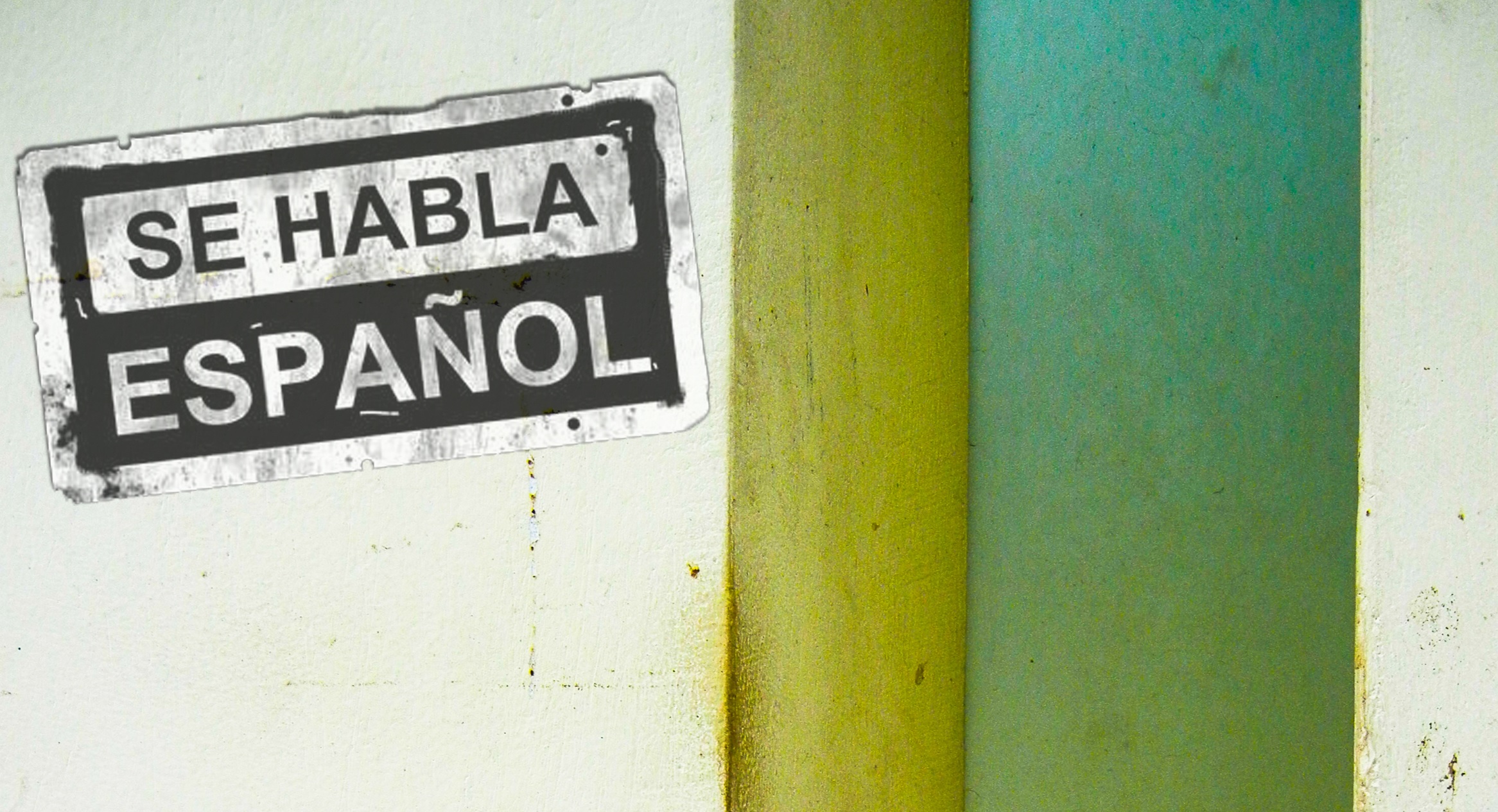


No Comment